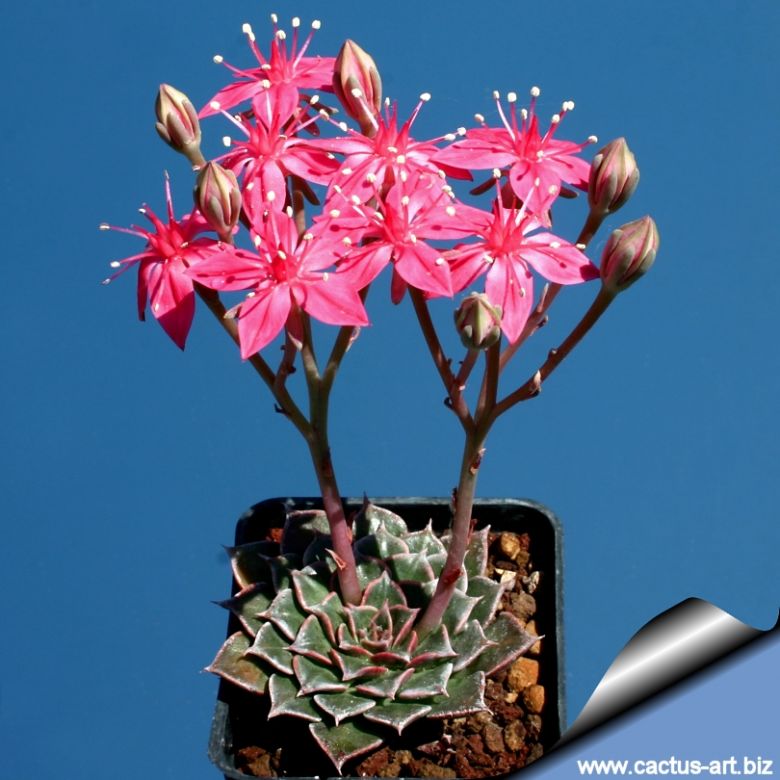
Graptopetalum bellum Photo by: Cactus Art
Origin and Habitat: West Mexico It was discovered by Alfred Lau in 1972. It was found in a mountainous area, altitude 4,800', on the border of Chihuahua and Sonora, Mexico.
Habitat: Grows in steep terrain and cliffs that face such that very little sun hits directly.
Synonyms:
Common Names include:
RUSSIAN (Русский): Тацитус прекрасный
Description: Perennial, succulent, herb forming flat rosettes, slowly clustering.
Individual rosettes: Up to 10 cm in diameter almost flat to the ground.
Leaves: Each leaf is glabrous, approximately triangular little more than 25mm long, slate-grey and can vary in shape.
Flowers: This is possibly the largest flowered member in the Crassula family and certainly has some of the brightest flowers. Flowers are over 2,5 cm across, deep pink to red upright at the top of 10cm branched inflorescence. The single individual flowers are 5 petalled, star-shaped and have dark pink/red stamens tipped with white anthers emerging from a pink/red centre.
Blooming time: Late Spring - Early Summer. The flowers last several weeks.
Notes: This is possibly the largest flowered member in the Crassula family and certainly has the most spectacular flowers of any others in the family, it has been justifiably popular in the plant trade.
Graptopetalum bellus has been oscillating between the genera Tacitus and Graptopetalum. Its affinity to Graptopetalum was noticed early on, and it was at last placed in that genus about 15 years ago, it differs from the other Graptopetalum by its large flowers that have lips around the carpels. Of course, dealers still sell it under its old name, as that's the one most of us know-and, anyway, the nurserymen are as reluctant as we are to change their labels. In 1981, the Huntington offered Tacitus bellus “Superstar'' as one of that year's ISI plants (no. 1289). This was a selfed seedling that appeared in the Huntington's collection. It has larger rosettes, greener leaves, deeper red flowers which may appear more than once a year, and has prominent bracts on the flowering stems. It may be that this is the form now most found in commerce.
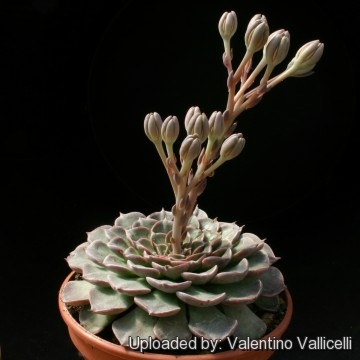 Graptopetalum bellum Photo by: Valentino Vallicelli
Graptopetalum bellum Photo by: Valentino Vallicelli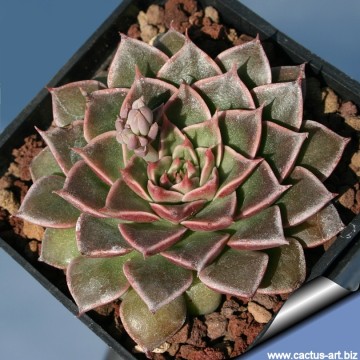 Graptopetalum bellum Photo by: Cactus Art
Graptopetalum bellum Photo by: Cactus Art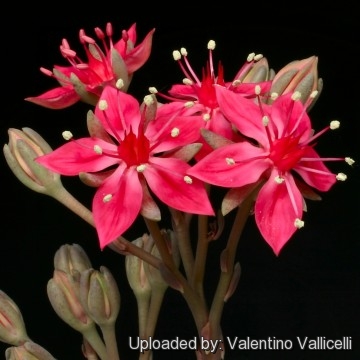 Graptopetalum bellum Photo by: Valentino Vallicelli
Graptopetalum bellum Photo by: Valentino Vallicelli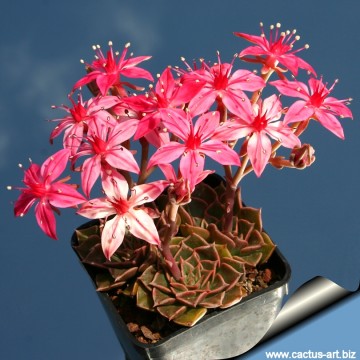 Graptopetalum bellum Photo by: Cactus Art
Graptopetalum bellum Photo by: Cactus Art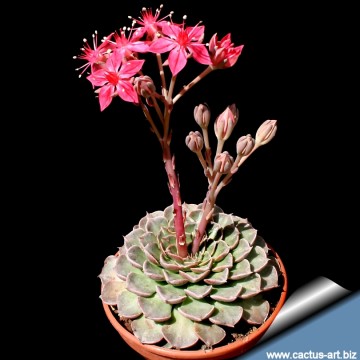 Graptopetalum bellum Photo by: Cactus Art
Graptopetalum bellum Photo by: Cactus Art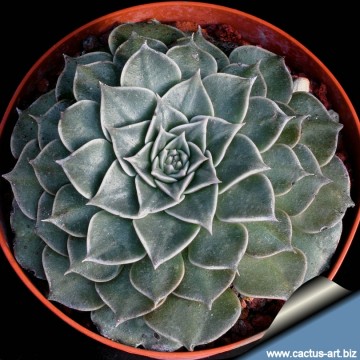 Graptopetalum bellum Photo by: Cactus Art
Graptopetalum bellum Photo by: Cactus Art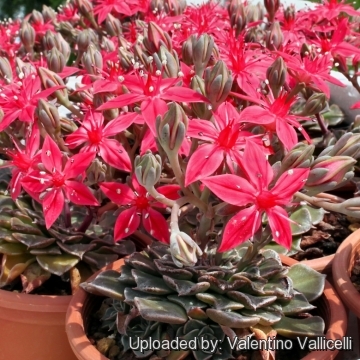 Graptopetalum bellum Photo by: Valentino Vallicelli
Graptopetalum bellum Photo by: Valentino VallicelliSend a photo of this plant.The gallery now contains thousands of pictures, however it is possible to do even more. We are, of course, seeking photos of species not yet shown in the gallery but not only that, we are also looking for better pictures than those already present.
Read More... Cultivation and Propagation: Culture of Tacitus bellusSN|11581]]SN|11581]] is fairly straightforward, it needs more shade than others in the family however it can tolerate full sun (where it stay compact) but a much better exposure is shade to light shade. It is an attractive plant in the garden when used in mass or in pockets within a rock garden and also is an easy to grow houseplant; always a favourite carefree windowsill citizen, an excellent addition to any dish garden. The plant's origin will make its rosettes tolerate heat and drought.
Exposition: Likes light shade to part sun (it will take a few hours of sun without a problem), but adapts very well to shade too. Likes a bit of shade for best colour in leaves. It can overwinters well also under grow lights in a cool room of the house.
Soil: Although it needs a soil that is gritty and porous with good drainage, the soil must be able to hold the moisture that the plant requires. The ideal soil should contain equal parts of loam with small gravel added (e.g. pumice or lava grit). Good drainage is essential.
Watering: During the summer growing period the plant appears to need much more water than the average succulent. Water when plant is dry and do not water again until the soil is completely dry again. Dislikes over-watering. Pay particular attention to make sure that they do not rot at the root from soggy soil. In a very humid situation in winter, it can rot even if totally dry. It likes dry air as much as dry soil.
Fertilization: Fertilizer should be applied only once during the growing season, diluted to ¼ the recommended rate on the label. During October to March, water very sparingly, using only enough water to keep the foliage from shrivelling.
Hardiness: It requires low temperature for flower formation and it will not flower unless it is overwintered for at least a month at 15° C or less. It is usually recommended to avoid freezing temperatures, but it can withstand temperatures down to below -5° C (or less) for short period if dry.
Pests and diseases: The tightly-packed rosettes are attractive to mealy bugs.
Uses: Perfectly suited for planting in gravel gardens, paved areas, rockeries and small containers. Try mixing with other succulents and alpines.
Propagation: It is is propagated by the division of offshoots or by individual leaves, rooted in sand or in dry vermiculite, and seed.

















